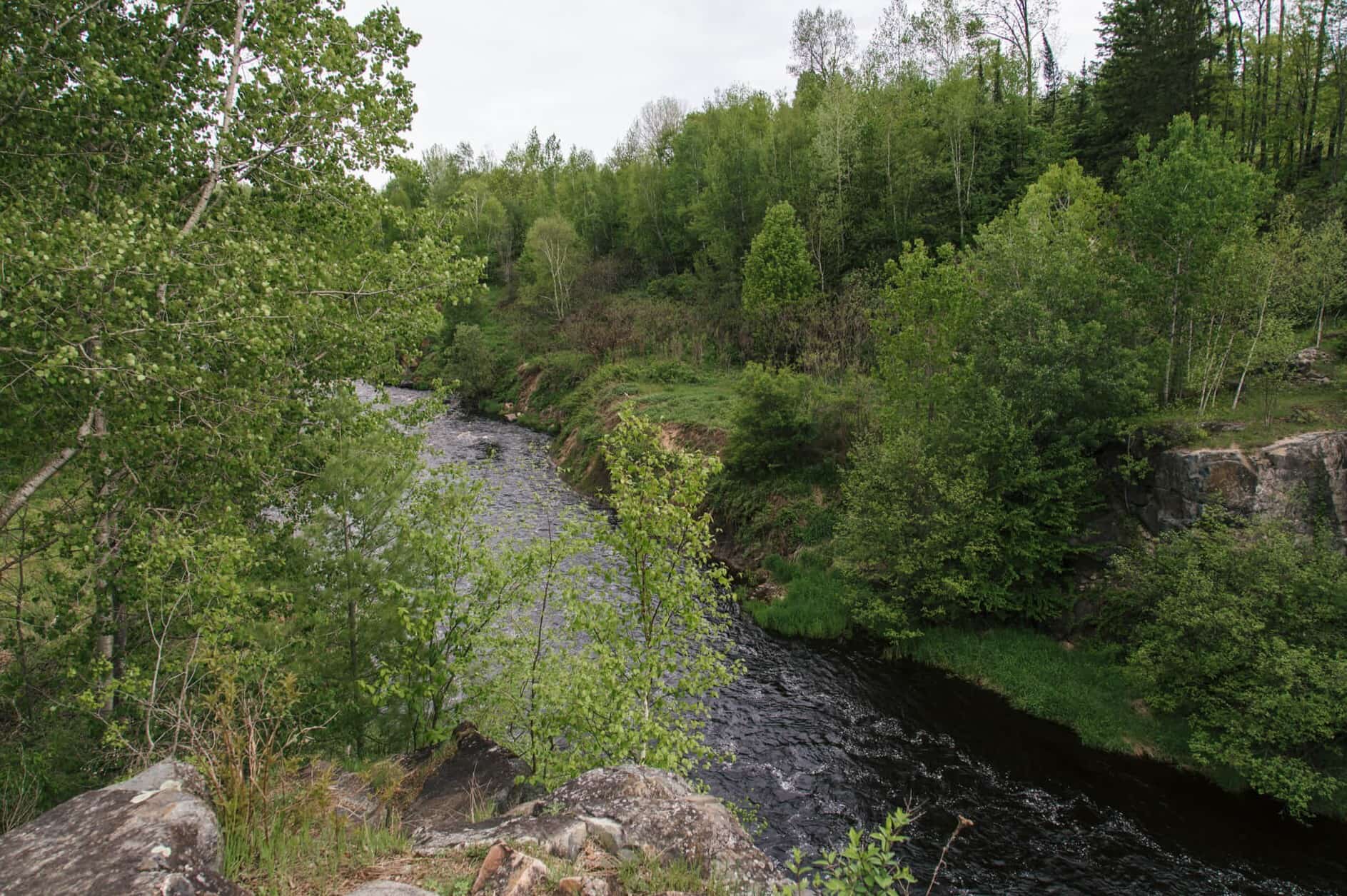Secret Harvestman Hideouts In The Damp Deciduous Dells

Have you ever wondered where harvestmen hide in the damp, deciduous dells? These fascinating creatures, often mistaken for spiders, have some intriguing hideouts. Unlike spiders, harvestmen prefer moist environments, making damp forests their ideal home. They can often be found under logs, rocks, or leaf litter, where the humidity helps them thrive. These spots provide not only moisture but also protection from predators. If you look closely, you might even spot them clinging to tree bark or nestled in crevices. Next time you wander through a damp forest, keep an eye out for these elusive creatures and their secret hideouts.
Secret Harvestman Hideouts in the Damp Deciduous Dells
Hidden in the damp, leafy dells of deciduous forests, harvestmen, also known as daddy longlegs, find their perfect homes. These eight-legged creatures prefer moist environments where they can thrive. Let’s explore some of their favorite hideouts.
Under Fallen Logs
One of the most common places to find harvestmen is under fallen logs. These spots provide the darkness and moisture they need.
- Rotting Logs: As logs decompose, they create a humid environment perfect for harvestmen.
- Moss-Covered Logs: Moss helps retain moisture, making these logs even more appealing.
- Hollow Logs: The inside of hollow logs offers a safe, hidden space.
Beneath Leaf Litter
Leaf litter on the forest floor is another prime location for these creatures. The layers of leaves trap moisture and provide cover.
- Thick Leaf Piles: The thicker the pile, the more moisture it retains.
- Decaying Leaves: As leaves break down, they create a damp, nutrient-rich environment.
- Mixed Leaf Litter: A mix of different leaves can create varied microhabitats.
In Tree Bark Crevices
Tree bark, especially on older trees, often has deep crevices that harvestmen love to hide in.
- Rough Bark: Trees with rough, textured bark provide numerous hiding spots.
- Peeling Bark: Bark that is peeling away from the tree creates perfect nooks.
- Dead Trees: Dead or dying trees often have more crevices and loose bark.
Around Rocks and Stones
Rocks and stones in the forest can also be excellent hideouts. They offer both shade and moisture.
- Under Large Rocks: Large rocks can create cool, damp microclimates underneath.
- Between Rock Piles: Piles of rocks can trap moisture and provide numerous hiding spots.
- Mossy Stones: Moss-covered stones retain moisture and offer a soft surface.
Near Water Sources
Harvestmen are often found near water sources, where the environment is naturally more humid.
- Stream Banks: The banks of streams are usually damp and shaded.
- Pond Edges: The edges of ponds can be moist and provide plenty of cover.
- Wetlands: Wetlands are ideal with their consistently high humidity levels.
Inside Decaying Wood
Decaying wood, whether standing or fallen, is another favorite hideout for harvestmen.
- Stumps: Old tree stumps can be full of crevices and moisture.
- Fallen Branches: Smaller branches on the forest floor can also provide good hiding spots.
- Wood Piles: Piles of decaying wood create a complex habitat with many hiding places.
Discovering Hidden Wonders
Exploring damp deciduous dells reveals the fascinating world of harvestmen. These unique creatures thrive in moist, shaded environments, often hidden under leaves or logs. Observing their behavior and habitat offers a glimpse into a lesser-known part of nature.
Next time you wander through a forest, take a moment to look closer at the ground. You might spot these intriguing arachnids going about their daily lives. Understanding their role in the ecosystem helps appreciate the delicate balance of nature.
Whether you're a seasoned naturalist or just curious, learning about harvestmen can be a rewarding experience. So, grab your boots, head to the woods, and uncover the secret hideouts of these amazing creatures. Happy exploring!

